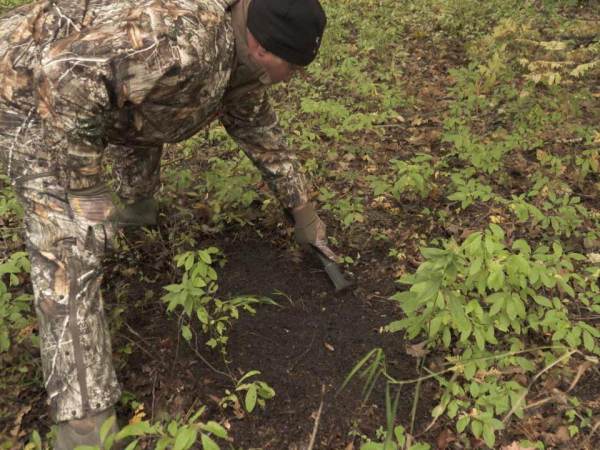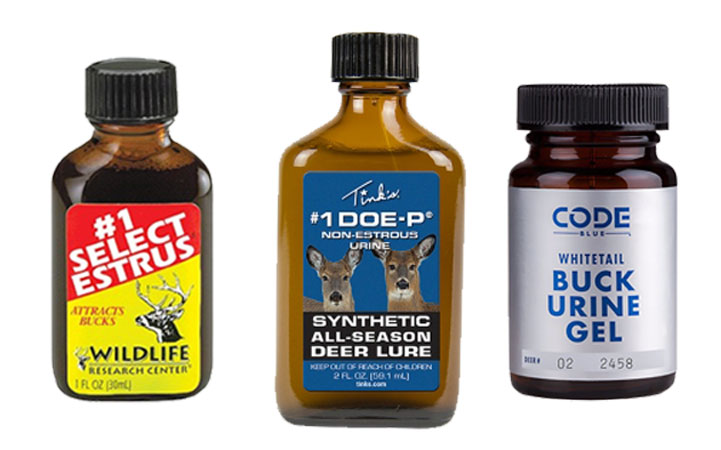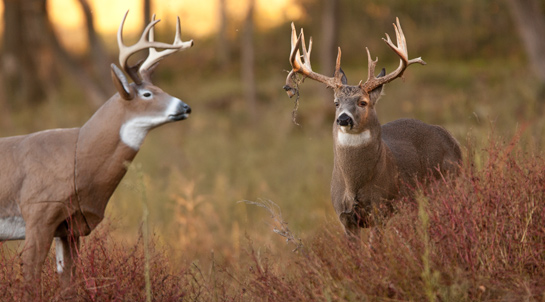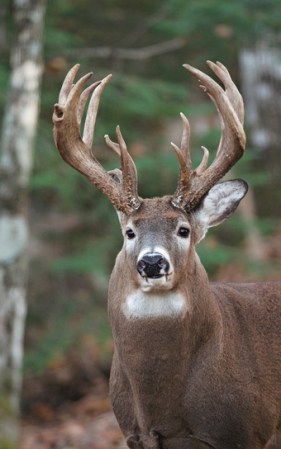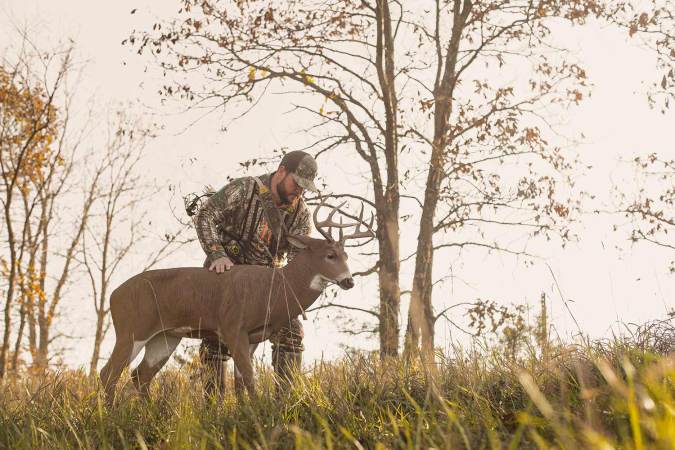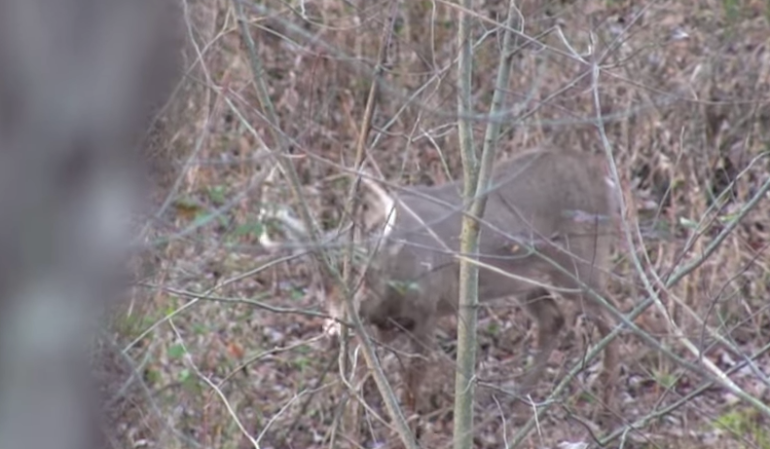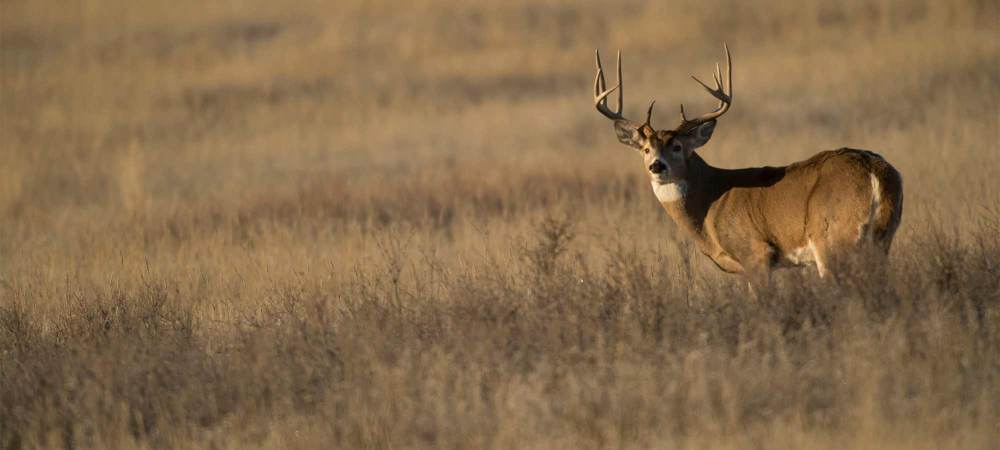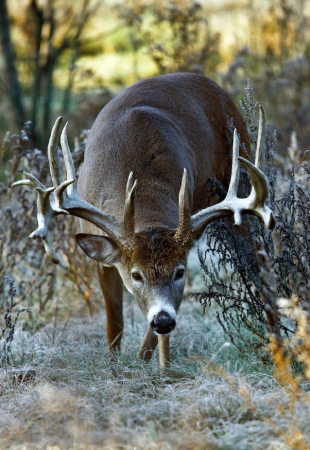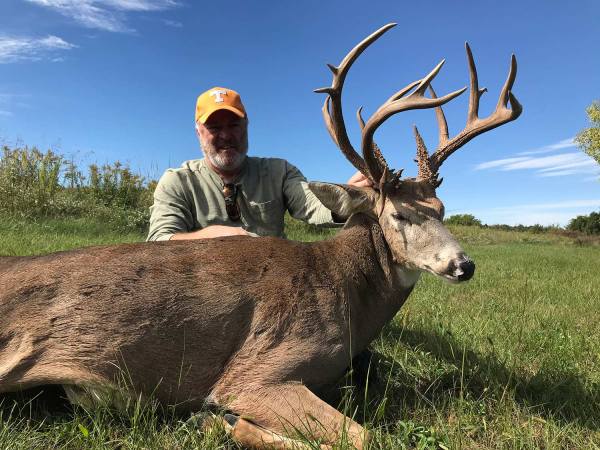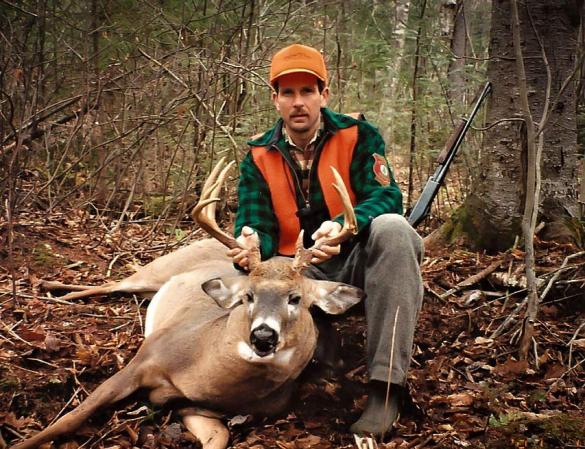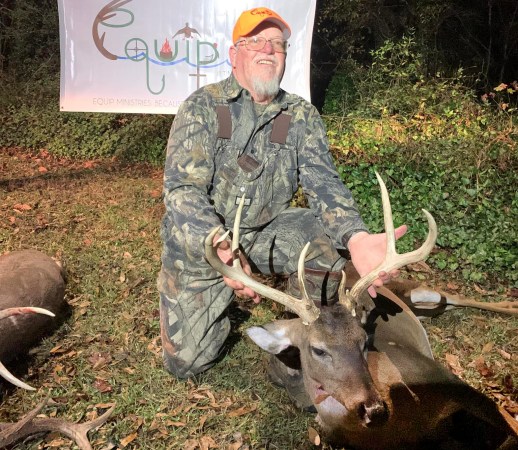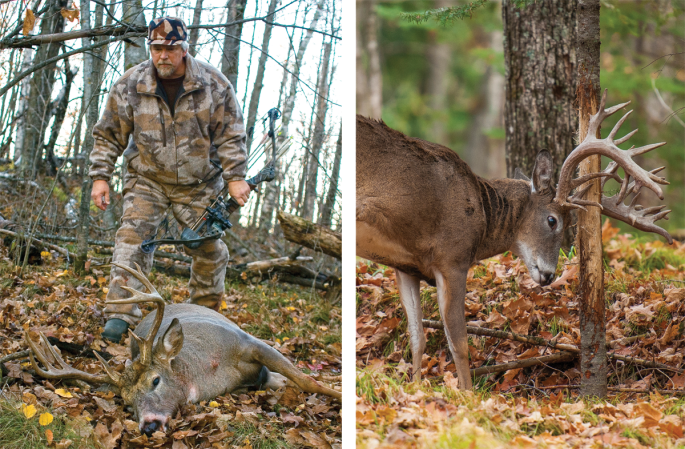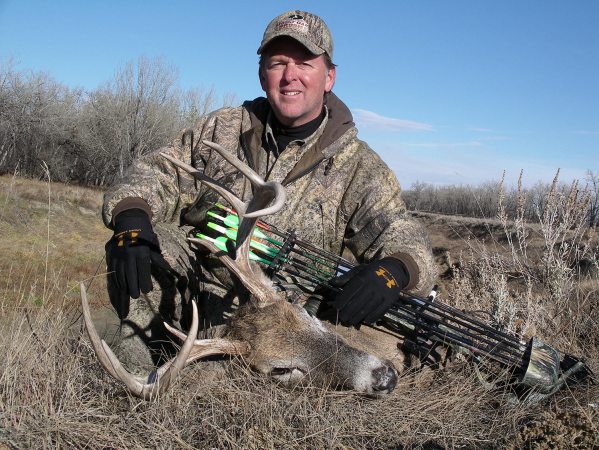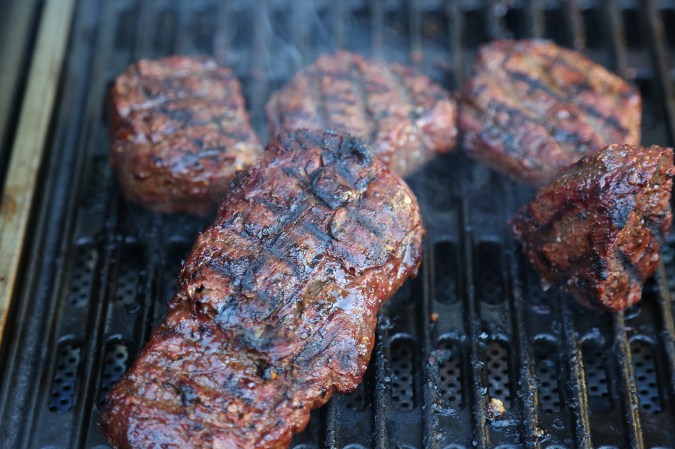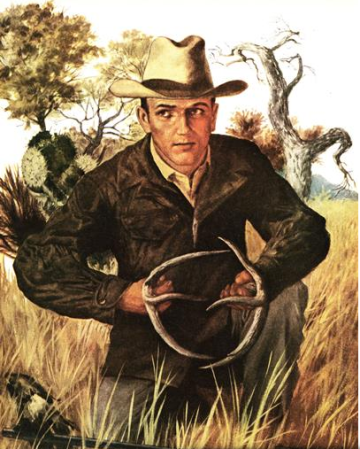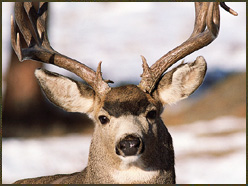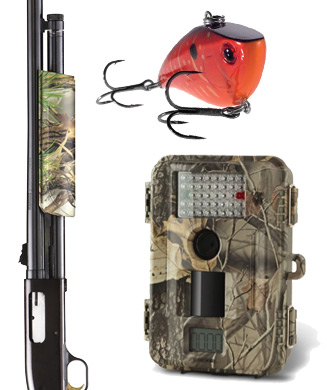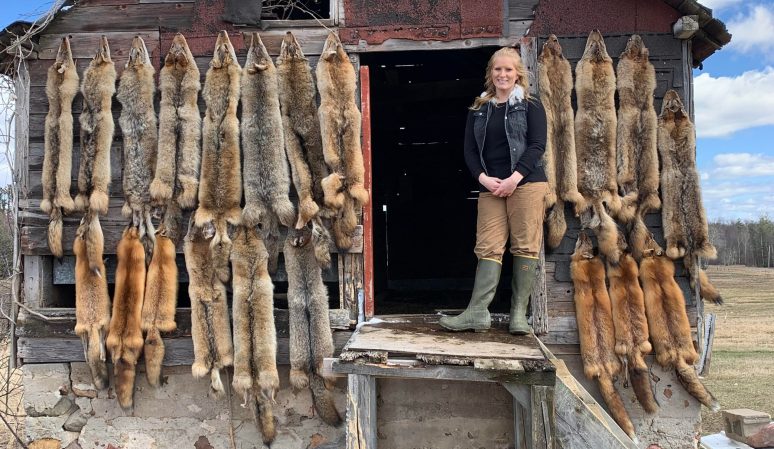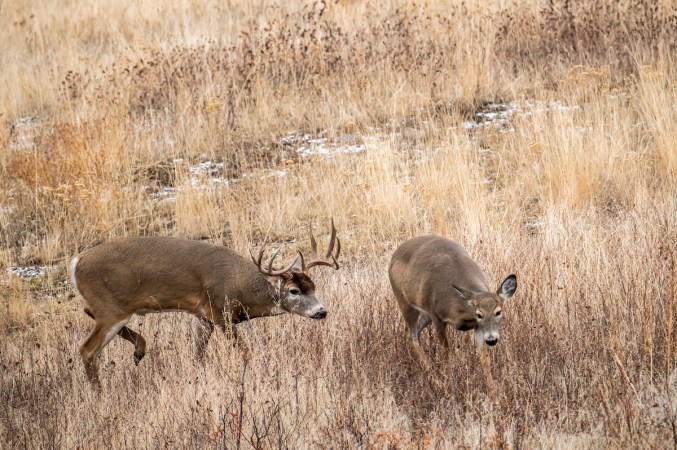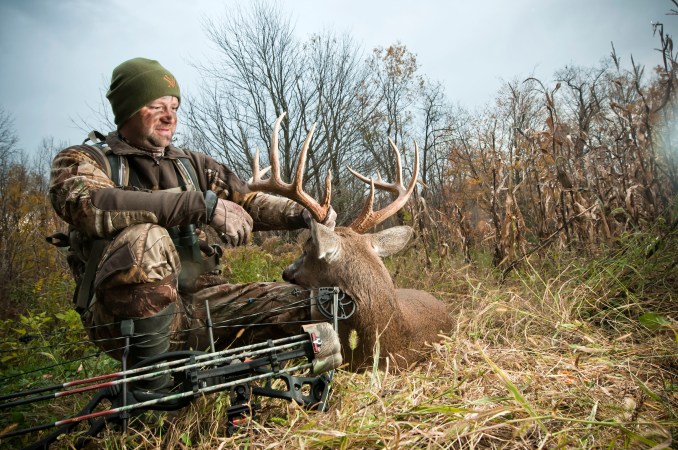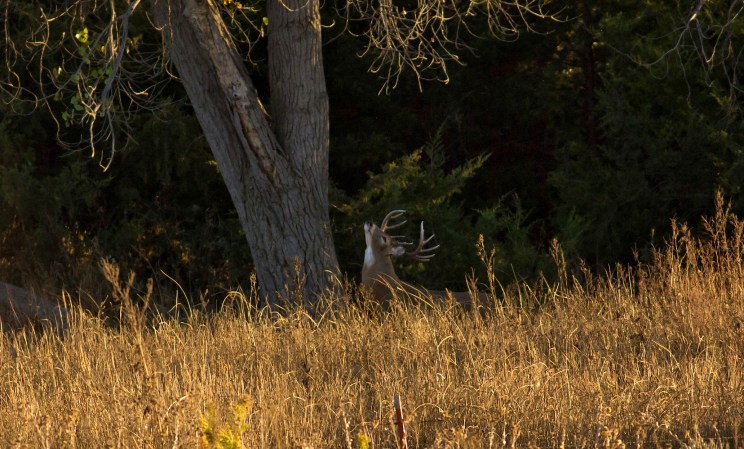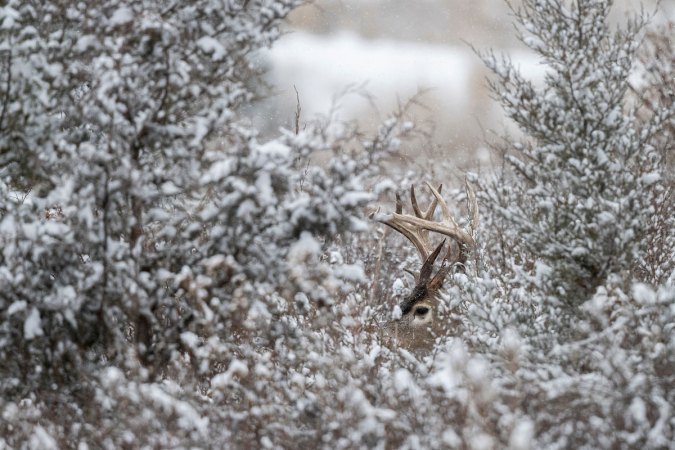For a deer scent to be perfect, it would need to possess four attributes. First, it would attract all deer, not just bucks. Second, it would work not only during the rut on mature bucks, but would also attract bucks early in the season. Third, it would be pungent enough to be detected from a considerable distance. And fourth, a perfect deer scent would never spook a single deer.
So how “perfect” is your scent? If it doesn’t meet all of the above criteria, you’re a good candidate for some tarsal trickery.
WHY TARSAL GLANDS WORK
Most hunters who use tarsal (or “hock”) glands use those taken from male deer. The problem with this is that during the fall, bucks are preoccupied with monitoring the estrous cycles of does, not the testosterone levels of fellow bucks. Studies conducted at the University of Georgia on the patterns of rub-urination of female deer suggest that doe tarsal glands could be the ticket. Here’s why:
–Urine is the primary source of the tarsal gland’s scent.
–Does in one study group urinated about nine times per day and rub-urinated at least once and sometimes twice per day.
–When a doe rub-urinates, an attractant within her urine is “selectively retained” by the tarsal tufts onto a sticky substance called sebum.
–What deer apparently find attractive are the selected fat-soluble compounds extracted from urine onto the tufts.
–The tarsal gland’s supply of sticky sebum acts as an ideal scent depository to “wick” the odor of deer urine.
–Tarsal glands do not undergo chemical changes during the reproductive cycle, so tarsal glands removed from an estrous doe are no more seductive than those taken from a mid-cycle doe. Likewise, tarsal glands collected during the rut shouldn’t spook does after the rut.
TARSAL TLC
Tarsal glands require proper handling. The sebaceous glands within the tarsal tufts eventually decompose and lose their ability to strain critical compounds from deer urine. Always refrigerate the glands overnight during hunts. Freeze them between hunts. Store them in a Ziploc bag to retard oxidation and reduce freezer burn.
Deer urine can enhance the effectiveness of tarsal glands and possibly extend their life; however, deer urine decomposes very rapidly and produces ammonia-type by-products that overwhelm compounds within the urine. Though ammonia is a natural by-product and evaporates very quickly, it is not a whitetail stimulant. Therefore, you should refresh tarsal glands with commercial urines that are stored in glass bottles and kept refrigerated.
GOING WITH GLANDS
You can hunt with tarsal glands in many ways, but placing a tuft or two upwind and downwind from your stand or blind is best. For increased air circulation, hang the tufts on a twig or branch about three feet off the ground. Be especially careful to remove the tufts at the end of a day’s hunt to avoid conditioning deer to the scent while you’re gone. (Hunter’s Specialties’ Limb Lights secure the tufts in place and have a phosphorescent finish that makes after-dark retrieval easy.)
Collecting a hunting supply of glands is easy. Either spread the word in your hunting network, or monitor deer kill registration sites. In many states, deer are registered daily at check stations throughout the hunting season.

